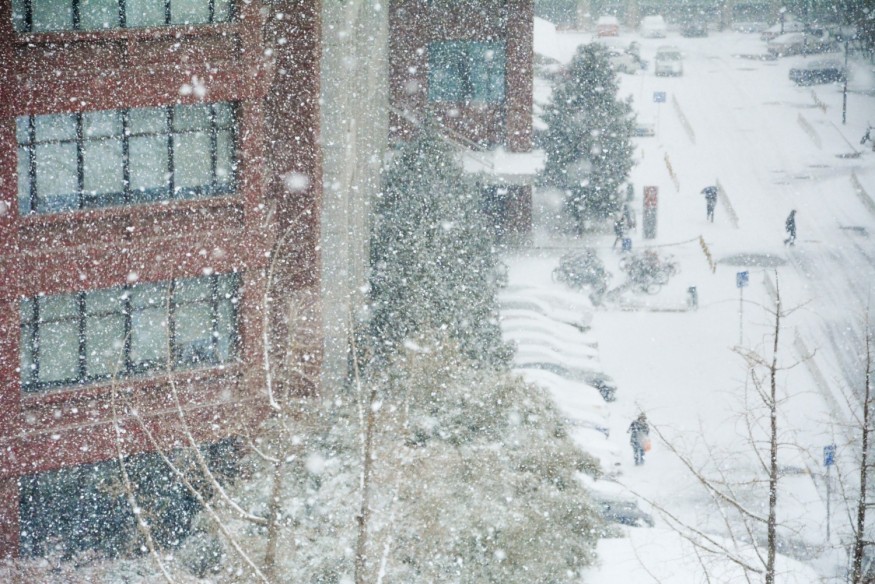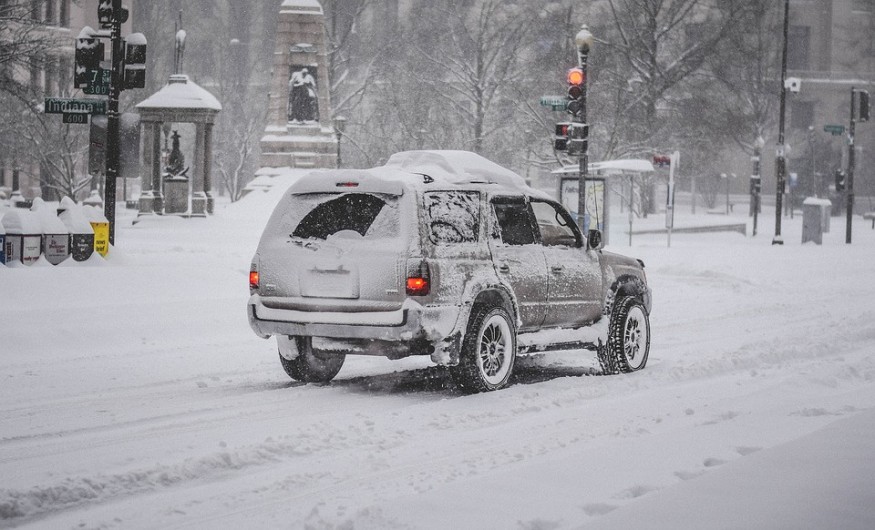The weather has started cooler this week than it did last week, which serves as a nice reminder that much colder weather is on the way. 22News is working on a solution for you to ensure that your home is prepared for the winter chill.

Protecting Utility Lines
Protect exposed water pipes, drains, appliances, and other equipment from freezing damage during a power outage or other heating emergency.
Water has the unusual habit of expanding when it freezes. This expansion exerts enormous pressure on everything that contains it, such as metal or plastic pipes. Regardless of how strong a container is, increasing water can cause pipes to burst.
Preparing Pipes

To be sure, the first day of meteorological winter, December 1st, is just 16 days away. Temperatures are famously chilly during meteorological winter, which spans from December 1st to February 28th. You and your home need to be prepared for the months ahead. Cold temperatures could freeze pipes that aren't insulated correctly and make them burst. Make sure you are taking the proper steps now before it's too late.
"I would make sure that you have the pipes insulated now with either the weathered pipe freeze protection, which works on metal and plastic, like PVC ABS," said Lou Courteau, Rocky's Ace Hardware Store Manager.
Lou also recommended that you keep an eye on your gutters by installing a roof and gutter de-icing kit and covering any outside faucets.
Severity of Winter
While the severity of winter weather varies across the country, nearly all Americans will experience severe winter weather at some point in their lives, regardless of where they live. Winter storms can range from a light dusting of snow that lasts only a few hours to a blizzard with blinding, wind-driven snow that lasts several days. Many winter storms bring dangerously cold temperatures and severe winds, ice, sleet, and freezing rain.
In winter-peaking demand areas, utility firms are well-versed in the issues of guaranteeing consistent supply while also limiting the appropriate risk exposure. However, this year may create additional supply issues because COVID-related market pressures have confounded energy usage forecasts. Smaller utilities and community choice aggregations (CCAs) may be unaware of product opportunities and tactics that allow them to adapt to shifting markets and weather-based demand changes.
Electicity and Gas

Utilities in electricity and gas decide which products to hedge and how to hedge them, depending on weather forecasts and historical use-based estimations. There will, however, be inconsistencies between projections and reality. Warmer-than-expected winters produce extra supplies that may be sold; colder temps might raise procurement requirements. As a result, utilities frequently purchase and sell gas and power monthly throughout the early winter months to minimize overuse based on inventories and the long forecast.
For more news about the environment , don't forget to follow Nature World News!
© 2025 NatureWorldNews.com All rights reserved. Do not reproduce without permission.





